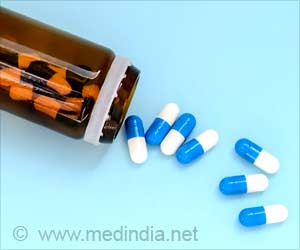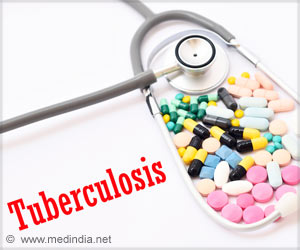DAYTRANA (methylphenidate transdermal system), formulated by Shire was the foremost patch medication approved to treat symptoms of ADHD in children.
DAYTRANA (methylphenidate transdermal system), formulated by Shire was the foremost patch medication approved to treat symptoms of ADHD in children.
Transdermal formulation of methylphenidate - DAYTRANA, is now available in pharmacies in varying doses such as 10 mg, 15 mg, 20 mg and 30 mg. 'The availability of DAYTRANA, the first and only patch for ADHD, provides physicians and parents with a new, practical way to individualize treatment,' said Matthew Emmens, Shire Chief Executive Officer. 'DAYTRANA is a welcome new therapy for patients and Shire is pleased to offer this latest addition to our portfolio, reinforcing Shire as the market leader in ADHD.'ADHD affects approximately 7.8 percent of all school-age children, or about 4.4 million children in the U.S. ADHD is considered the most commonly diagnosed psychiatric disorder in children and adolescents. ADHD is a neurological brain disorder that manifests as a persistent pattern of inattention and/or hyperactivity-impulsivity that is more frequent and severe than is typically observed in individuals at a comparable age and maturity. If untreated, ADHD can acutely affect a child's life, leading to problems with family members, friends, sports, after-school activities and academics.
About DAYTRANA
DAYTRANA was developed by Noven Pharmaceuticals, Inc., and combines the active ingredient, methylphenidate, with Noven's patented DOT Matrix transdermal technology. This transdermal delivery system was designed to provide continuous release of medication throughout the day. The patch is designed to stay on during the normal daily activities of a child such as swimming, exercising or bathing.
‘Since the effect of the medication in DAYTRANA starts to decrease upon patch removal, the ADHD patch allows parents, at the direction of the physician, to vary the duration of effect of the medication up to the recommended nine-hour wear time,’ said Oscar Bukstein, associate professor of psychiatry, University of Pittsburgh School of Medicine. ‘Because not all children with ADHD are the same and because a child's schedule may vary from day to day, parents and patients may benefit from the individualized management of a patient's ADHD symptoms that DAYTRANA provides. DAYTRANA is a valuable new tool in the treatment of ADHD.’
DAYTRANA Significantly Controls ADHD symptoms
Advertisement
The phase II analog classroom study included 79 children with ADHD. The patch was worn for nine hours, and significant efficacy was demonstrated at the first time point measured, two hours after patch application, and throughout the day for 12 hours. The participants treated with DAYTRANA demonstrated statistically significant improvement over placebo on the measures tested. Behavior, which was measured using the Swanson, Kotkin, Agler, M-Flynn, and Pelham-Deportment (SKAMP-D) scale, in which higher ratings reflect greater impairment, was improved with DAYTRANA overall (mean score 3.2 for DAYTRANA versus 8.0 for placebo) and at all time points assessed throughout the day (P < .01). Children taking DAYTRANA also attempted more math questions on the Permanent Product Measure of Performance (PERMP) scale than those taking placebo (114 versus 87, respectively) and completed more math problems correctly than did those taking placebo (110 versus 81, respectively).
Advertisement
In both the phase II and phase III studies, DAYTRANA was generally well tolerated during both the dose optimization and double-blind phases. Adverse events typically were mild to moderate, resolved with continued therapy and were consistent with known effects of methylphenidate.
Important Safety Information
DAYTRANA was generally well tolerated in clinical studies. As with other products containing methylphenidate (the active ingredient in DAYTRANA), common side effects reported with DAYTRANA were decreased appetite, insomnia, nausea, vomiting, weight loss, tics, and affect lability (mood swings). Abuse of methylphenidate may lead to dependence.
Parents or caregivers should tell the child's physician about any heart conditions their child or family members may have. Also parents and caregivers should tell the doctor if their child has a history of high blood pressure, problems with alcohol or drugs, depression, bipolar disorder, abnormal thoughts/behaviors, visual disturbances, or seizures. Inform the doctor immediately if the child develops symptoms that suggest heart problems, such as chest pain or fainting. Aggression, new abnormal thoughts/behaviors, mania, and growth suppression have been associated with use of drugs of this type. Methylphenidate should not be taken by children with significant agitation; glaucoma; tics, family history or diagnosis of Tourette's syndrome; or current/recent use of MAO inhibitors (a type of antidepressant). DAYTRANA should not be used by children allergic to methylphenidate or other ingredients in DAYTRANA.
DAYTRANA should be applied daily to clean, dry skin, which is free of any cuts or irritation. Skin irritation or allergic skin rash may occur.
Source: Eurekalert











